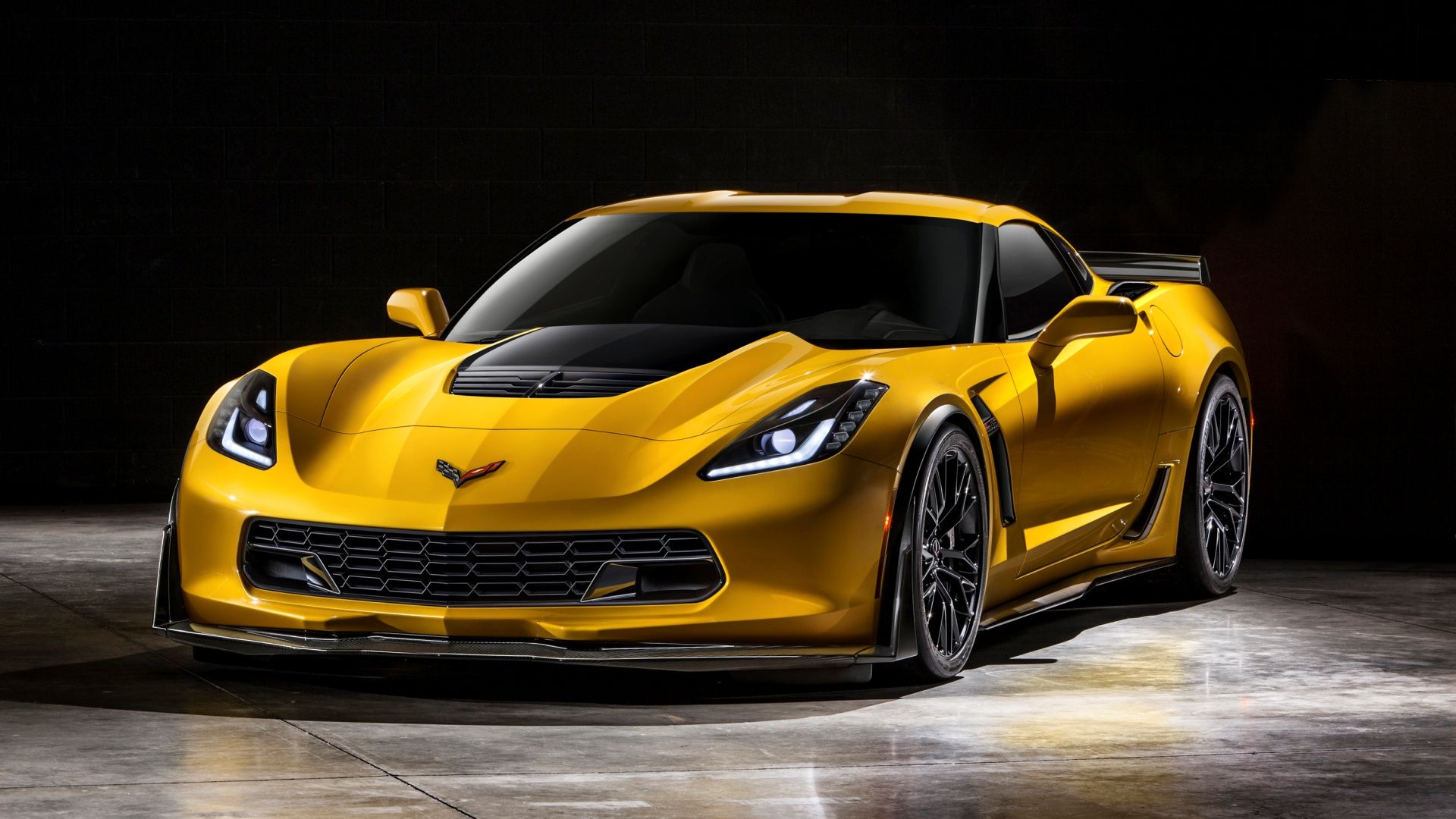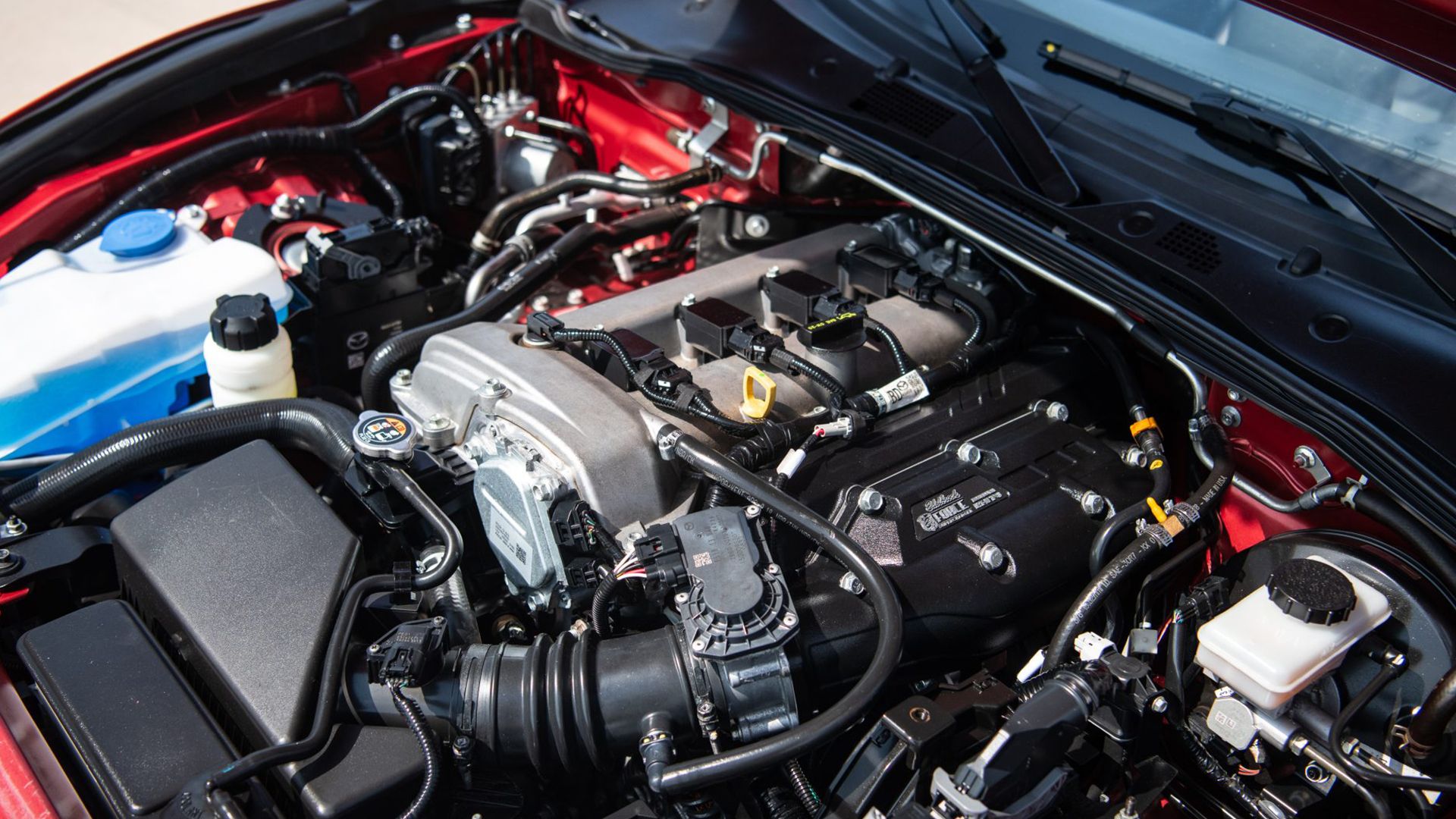
Summary
- Similar to naturally aspirated engines Supercharged engines provide quick throttle response and smooth, linear power delivery.
- Superchargers are mechanically driven by the engine and work more effectively when the air is cooler.
- Supercharged engines offer increased power and low-end torque, making them a cost-effective way to enhance vehicle performance.
Superchargers have been around for much longer than the automotive internal combustion engine. The supercharged engine was first built in 1878 but was later used in airplanes in 1910. The main aim was to compensate for the power losses at high altitudes. However automotive superchargers would not become available until 1923 first used in Mercedes cars. Since then, they have evolved from the less efficient blower style to the more sophisticated twin screw and centrifugal supercharger used in modern automobiles.
In the modern era, supercharged production has become less common in favor of turbocharged cars. Having said that, it still remains a very effective way of making power without having a bigger engine. Just like turbos, superchargers can also be applied on almost any configuration from inline-four cylinders to big V-12 engines. In this article, we will take a look at the advantages of having a supercharged car, how they work and the types of superchargers available.
Article Sources: Supercharger manufacturers like Rotrex, Magnuson, Whipple, ProCharger, and automotive manufacturers and tuning divisions like MOPAR.
Supercharged Engines Are Similar To Naturally Aspirated Ones
One of the major advantages of an NA engine is its quick throttle response. Once the gas pedal is applied the car responds instantly with no delay in power delivery which is smooth and linear. The same power delivery applies to a supercharged vehicle, a supercharged car responds instantly and delivers its power in the same manner with no sudden surge or drop off in power. This is made possible because of how a supercharger works.
How A SuperCharger Works
A supercharger works in tandem with the engine, unlike a turbo which is driven by exhaust gases. Supercharges are mechanically driven by a belt connected to the crankshaft, this means they come on as soon as the engine starts. Once on, it forces cold air from the environment air into the engine which is used to create more power. Just like turbos, superchargers work more effectively when the air is cooler.
There are three types of superchargers:
- Roots
- Twin screws
- Centrifugal
Roots: This is the oldest supercharger design with rotors inside that just trap air and send it directly into the engine. The pressure is determined by the amount of air being moved into the intake manifold. It is the least efficient form of supercharging and is the least favorable design. The roots superchargers are big, and bulky and stick well above the hood, they are mainly employed on old muscle cars and drag cars.
Twin Screw: This is the most common style of supercharger used in production cars like Hellcats, Mustangs and Camaros. These also have twin rotors that have a screw-like design meshed together. The air is compressed inside the rotor housing and sent through a smaller intake tube into the engine. This style of supercharging is more efficient and widely used among OEMs. It also creates a distinct whine which can be heard from inside and outside the car.
Centrifugal: This is the most efficient form of supercharging and looks very similar to a turbocharger. It works by powering an impeller which is smaller than a rotor and spins much faster. Impeller speeds can reach up to 60,000 RPM which is much faster than the engine speed which means it allows for much more airflow into the engine making much more power.
This style is famous among aftermarket tuners as it is used to build very powerful cars for drag racing. Most people commonly refer to these as Procharged cars because of the ProCharger branded centrifugal superchargers.
Increased Power And Low Down Torque
Supercharging is an easy and cost-effective way to get more power from your vehicle. Adding one would give you an average power and torque increase of up to 45 percent from the standard engine configuration. Since most of them are already made with a particular engine specification in mind, they come complete with supporting accessories to make the installation easier. The biggest advantage of this application is a healthy increase in torque compared to an engine with similar horsepower.
Corvette Stingray Vs. ZO6
|
Vehicle |
C7 Corvette Stingray |
C7 Corvette Z06 |
|---|---|---|
|
Engine |
NA V-8 |
Supercharged V-8 |
|
Displacement |
6.2 liters |
6.2 liters |
|
Power |
460 horsepower |
650 horsepower |
|
Torque |
460 pound-feet |
650 pound-feet |
|
Transmission |
7-speed manual/8-speed auto |
7-speed manual/8-speed auto |
|
Drivetrain |
Rear-wheel drive |
Rear-wheel drive |
|
0-60 MPH |
3.8 seconds |
3 seconds |
|
Top Speed |
180MPH |
195 MPH |
(Source: Chevrolet)
Supercharged V-8 Vs. NA V-10
A good example of the effectiveness of a supercharger is the C7 Chevrolet Corvette. Supercharged versions make more power and torque than the base NA V-8. Even in the world of supercars, the supercharged Corvette makes similar power but much more torque than a V-10 Lamborghini Huracan.
Available Power Throughout The REV Range
The added power is always available from start to redline just like a naturally aspirated engine. There is no drop-off in power since it runs off the engine’s crankshaft. As long as the engine runs, the supercharger is always ready to deliver the power needed.
Power At Any Altitude
The biggest advantage of this powerband is felt at higher altitudes where the air is thinner. NA engines suffer from power loss at higher altitudes due to thinner air but the supercharger greatly compensates for this loss by forcing more air into the engine. This ensures consistent performance in every situation.
Supercharged Engines Are Still Easy To Maintain
This is one of the biggest advantages of a supercharged engine since they are mostly built with the capacity of the engine in mind. Almost any size of turbo can be put on an engine as long as you’re ready to build the internal components to match the power output. But superchargers have slight differences as they’re built with specific engine capacities in mind. This means before installing an OEM or aftermarket supercharger on a vehicle, the engine can already handle the power boost with minimal changes needed.
These minimal changes mean your car’s maintenance will likely be very similar to its naturally aspirated counterpart. There’s no doubt the maintenance cost will slightly increase but it is very similar to maintaining a regular engine since most components are still the same. Most OEM supercharged cars have base versions of the same engine and installing one later on won’t void your warranty when using a manufacturer-suggested supercharger.


